When many people are in the market to buy furniture for their homes, one of the critical questions they often ponder is whether to opt for solid wood furniture. Solid wood furniture in their home is still a popular choice.
Three main factors can significantly influence the furniture price if you choose solid wood. These factors include the type of wood used, the size of the furniture piece, and the construction techniques employed, all of which play a crucial role in determining the final cost. Read on as we explore each of these.
Table of Contents
- 3 Factors To Consider When Evaluating The Cost Of Solid Wood Furniture
- Frequently Asked Questions
- Related Content
3 Factors To Consider When Evaluating The Cost Of Solid Wood Furniture
When it comes to furnishing your home, solid wood furniture holds a timeless appeal and is often considered an investment due to its durability and longevity. However, one question often arises is whether solid wood furniture is expensive.
The answer to this question is multifaceted, as several factors influence the cost of solid wood furniture. Read on as we will explore the various elements that determine the price of solid wood furniture, focusing on the type of wood, size of the furniture, and craftsmanship involved.
Solid Wood Furniture Cost: Type Of Wood
The type of wood used is a crucial determinant of the cost of solid wood furniture. Hardwoods, such as Mahogany, Oak, and Walnut, are known for their durability and strength due to their dense nature.
On the other hand, softwoods like Pine and Cedar are less dense and may require additional care. The choice of wood affects not only the initial cost but also the lifetime value of the furniture. Let’s explore some common hardwoods and softwoods to understand their characteristics better.
Common Hardwoods
Many different common types of solid wood are used in furniture production. We have listed out some of the common kinds of wood.
Alder (Hardwood)
Alder is a hardwood known for its light brown to reddish-brown color, with straight grain patterns. It is relatively soft compared to other hardwoods, making it easy for furniture makers and artisans to work with.
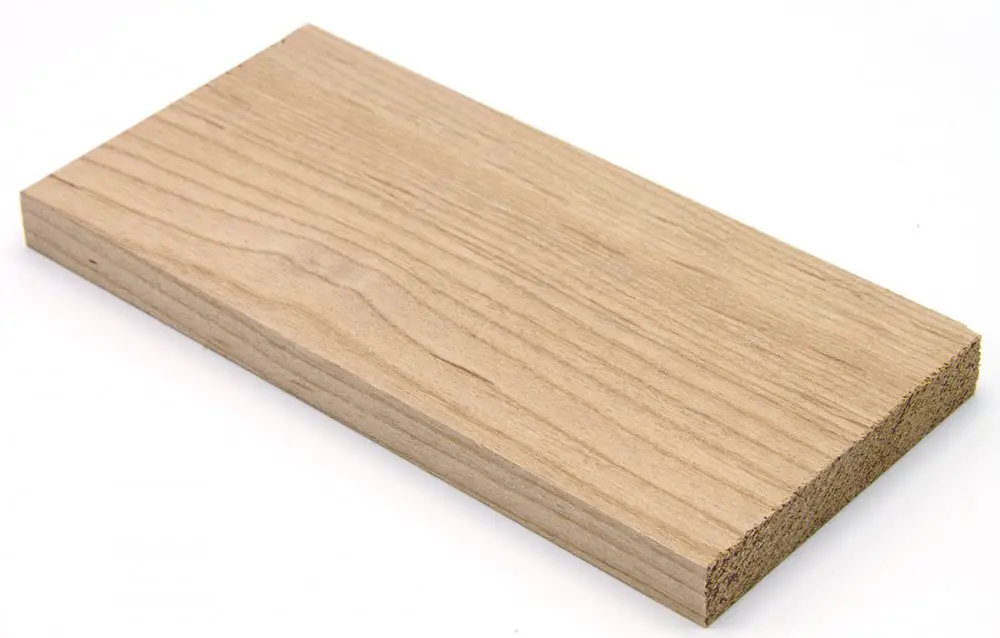
Alder is commonly found in North America and is used for various purposes, including furniture, cabinetry, and woodworking projects. Its versatility, affordability, and ability to take finishes make it famous for traditional and contemporary furniture designs.
Aspen (Hardwood)
Aspen is a hardwood species known for its light color and fine texture. It is relatively soft and lightweight, making it easy to carve and work with. Aspen is commonly found in North America and is used in crafting furniture, cabinetry, and woodcrafts.
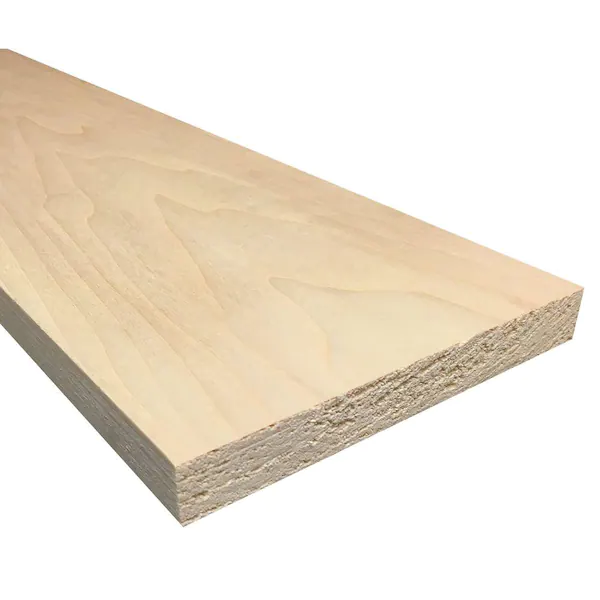
While it is not as durable as other hardwoods, its affordability and appealing appearance make it suitable for many interior applications, including furniture like tables, chairs, and cabinets.
Balsa (Hardwood)
Balsa is a unique hardwood known for its extremely lightweight and soft nature. Unlike most hardwoods, it is not particularly strong or durable. However, its exceptional lightness and buoyancy make it a popular choice for model-making, crafts, and even lightweight furniture.
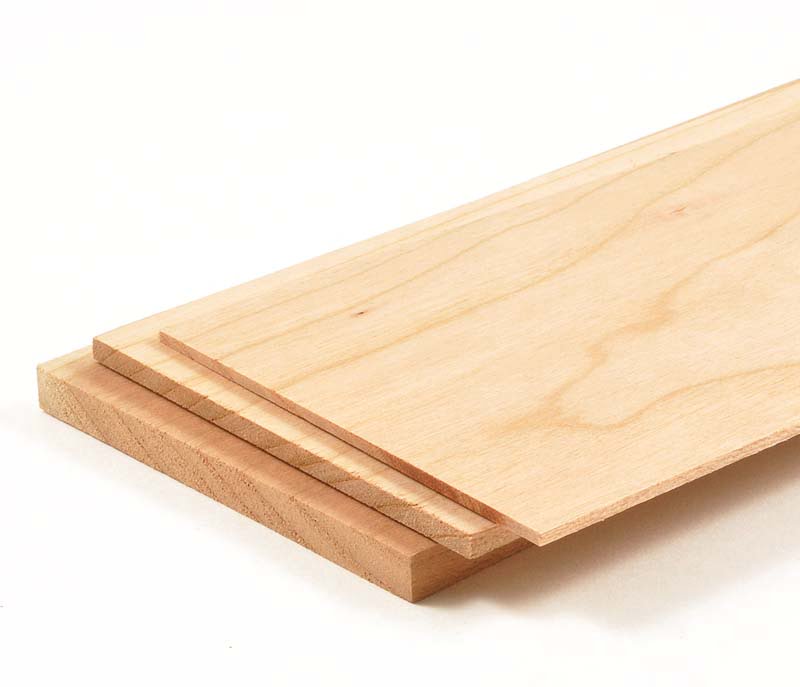
Due to its softness, it is not ideal for heavy-duty furniture or outdoor use. Still, its ease of cutting and shaping makes it valuable in specific artistic and hobbyist applications.
Beech (Hardwood)
Beech is a versatile and popular hardwood with a light to medium brown color and a straight grain pattern. It is a solid and durable wood, making it suitable for various furniture applications, including chairs, tables, and cabinets.
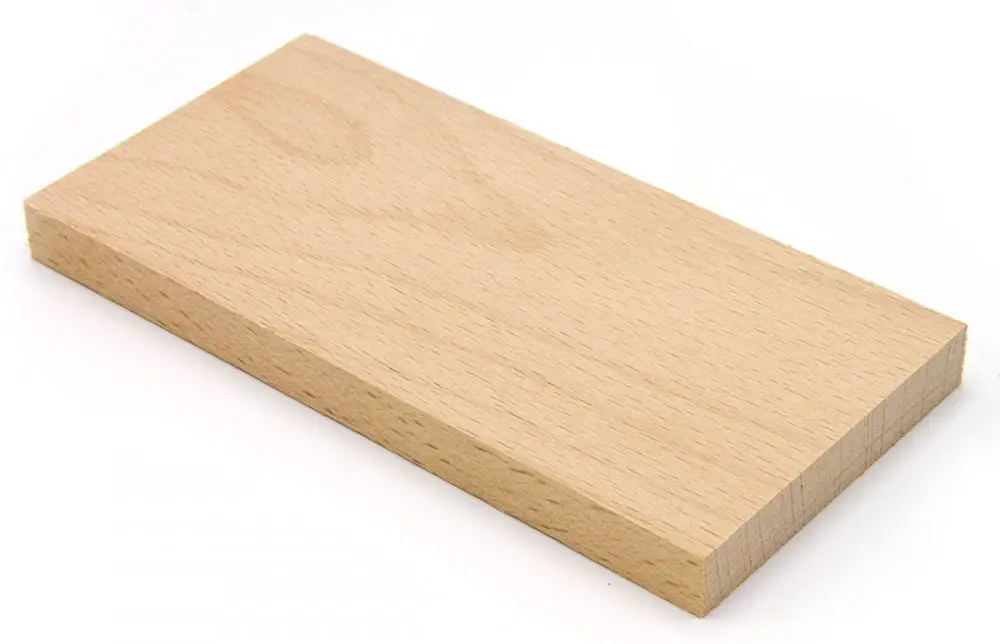
Beech is commonly found in Europe and North America. Its ability to take stains and finishes well allows for a wide range of color options, making it adaptable to various interior design styles.
Hickory (Hardwood)
Hickory is a hardwood with a striking appearance, featuring a mix of light and dark colors in its grain patterns. It is renowned for its exceptional strength, hardness, and resilience, making it a preferred choice for sturdy furniture, such as chairs, tables, and cabinets.
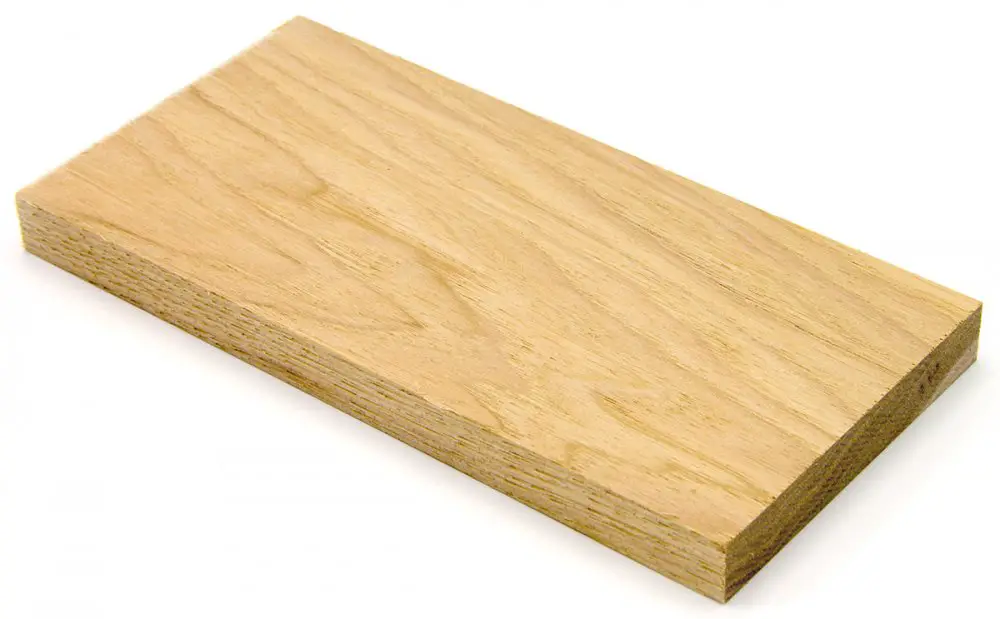
Hickory is also commonly used in tool handles and sports equipment due to its robust nature. It is primarily found in North America, particularly in the eastern and southern regions.
Magnolia (Hardwood)
Magnolia is a hardwood species with a pale to light brown color and a fine texture. It is relatively soft and easy to work with, but it lacks the hardness and durability of some other hardwoods.
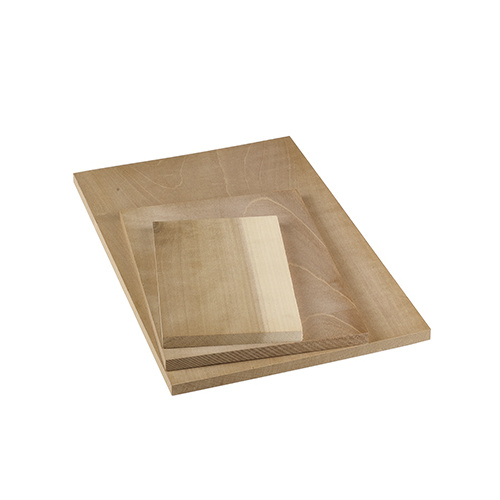
As a result, it is often used for decorative purposes, paneling, and interior trim. Magnolia trees are widespread across North America and parts of Asia, providing a readily available source for crafting furniture accents and ornamental elements.
Mahogany (Hardwood)
Mahogany is one of the most prized and luxurious hardwoods used in furniture making. It features rich, reddish-brown to deep reddish-brown colors with a straight to interlocked grain pattern.
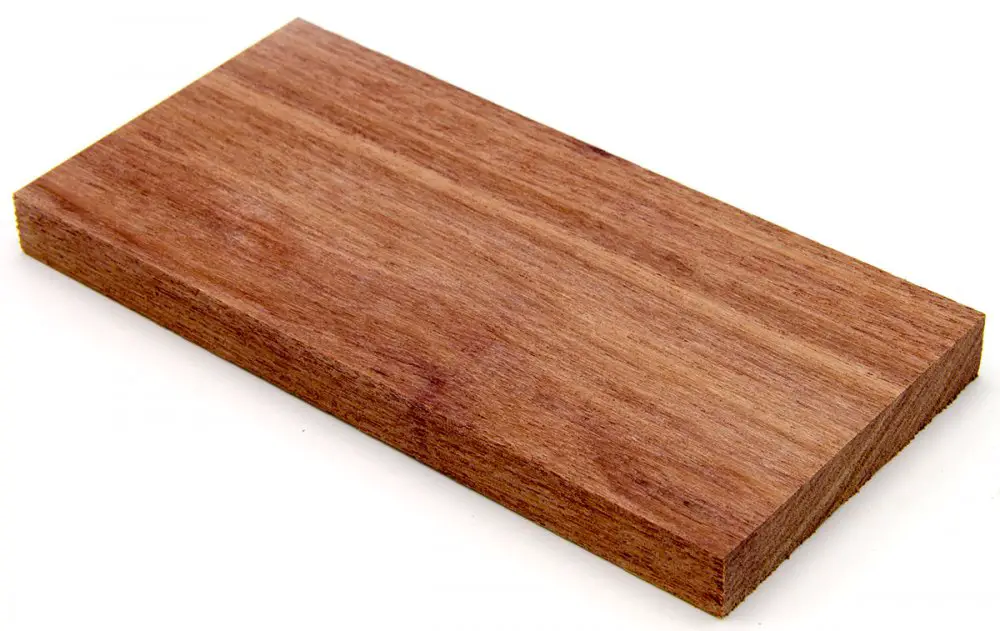
Mahogany is exceptionally durable, stable, and resistant to decay, making it ideal for high-quality furniture, musical instruments, and boat building. It is mainly found in Central and South America, Africa, and Southeast Asia tropical regions.
Due to its rarity, quality, and timeless beauty, Mahogany furniture is often considered an investment and a symbol of elegance and sophistication. Most Mahogany is also considered an endangered wood, so it is almost impossible to import into the United States.
Maple (Hardwood)
Maple is a dense, durable hardwood known for its light color and fine, uniform grain. It is a favorite choice for furniture makers due to its strength and versatility. Maple is commonly used in crafting high-quality furniture, cabinets, flooring, and even musical instruments like violins.
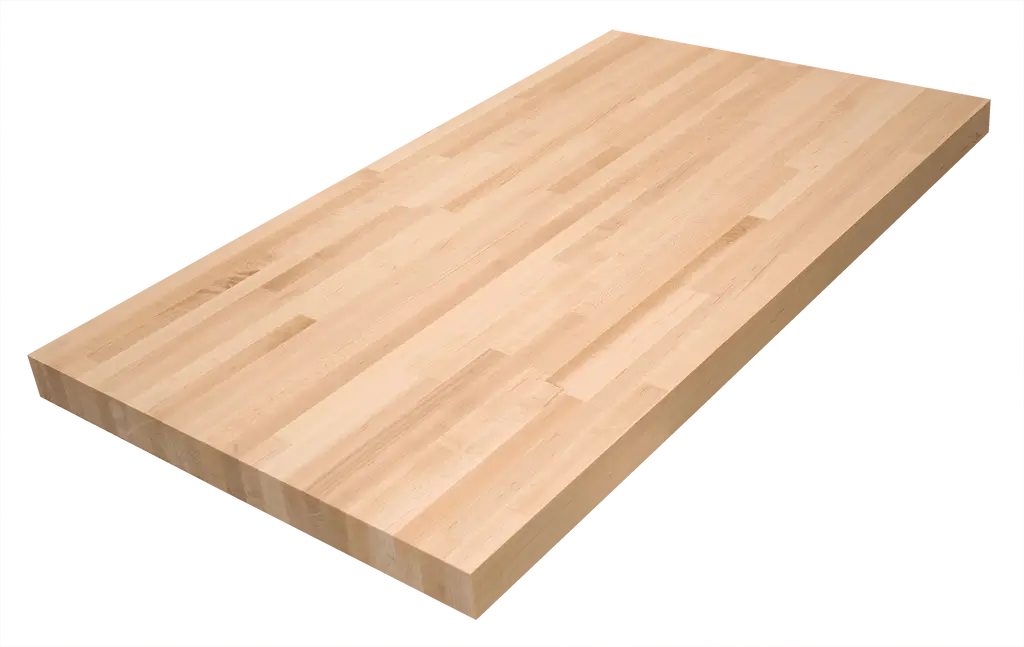
It is found in North America and has a reputation for being a sustainable and eco-friendly option due to its fast growth rate and replenishment capabilities.
Oak (Hardwood)
Oak is one of the most iconic and widely used hardwoods in furniture making. It comes in two primary varieties: red and white oak, each with distinctive grain patterns.
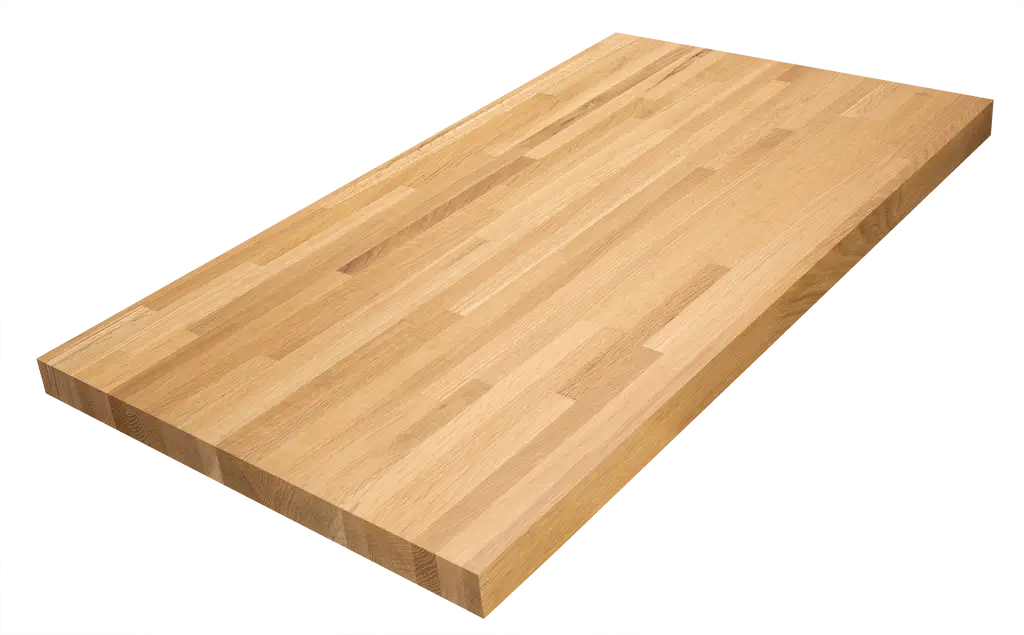
Oak is known for its strength, durability, and resistance to moisture and decay, making it ideal for furniture, flooring, and even construction. Its prominent grain patterns add character and warmth to furniture pieces, and its timeless appeal has made it a staple in various interior design styles.
Poplar (Hardwood)
Poplar is a versatile hardwood known for its light color and straight-grain patterns. It is relatively soft, making it easy to work with, yet it is not as durable as other hardwoods.
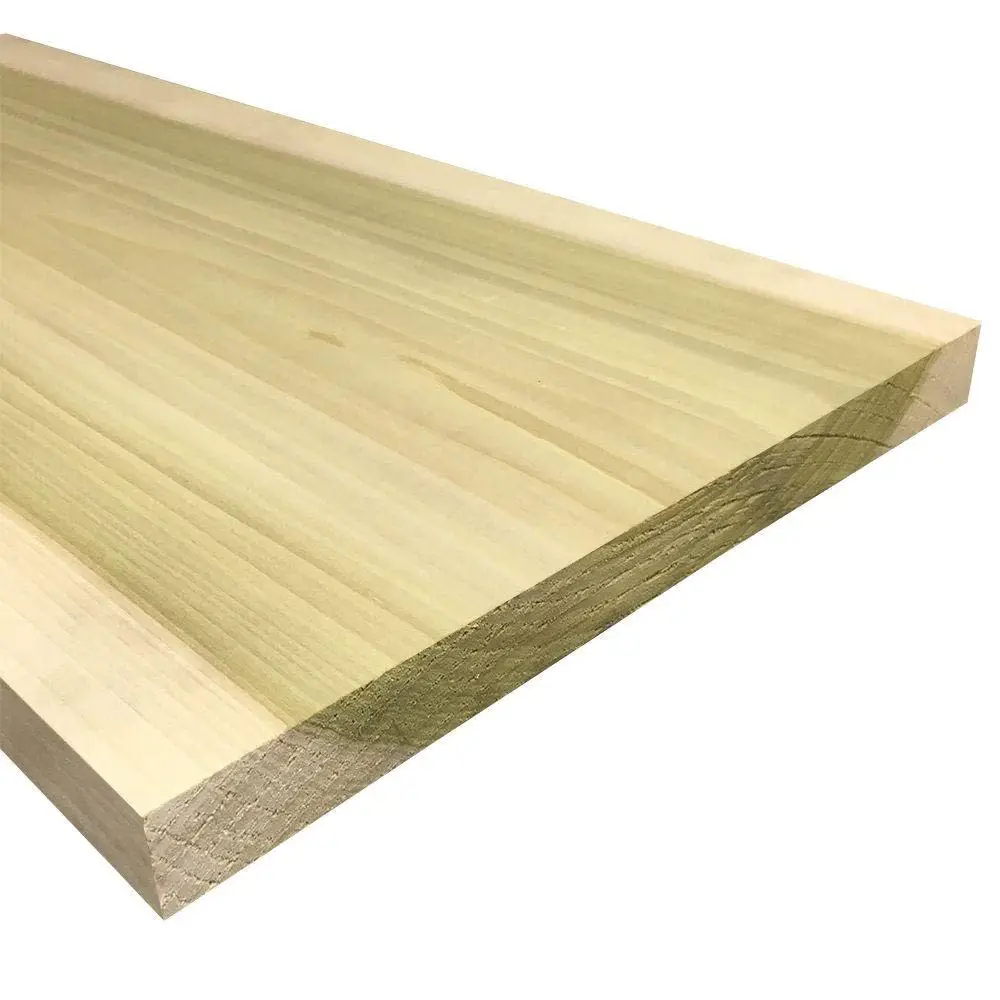
Poplar is commonly used as a secondary wood in furniture making, where it is often hidden or covered with a veneer or finish. It is found in North America and is favored for making painted furniture, cabinetry, and interior moldings.
Rubberwood (Hardwood)
Rubberwood, also known as Parawood, is an eco-friendly and sustainable hardwood derived from the rubber tree (Hevea brasiliensis). While rubberwood is not as commonly used as some of the other hardwoods on this list, it has gained popularity in recent years due to its environmental advantages.
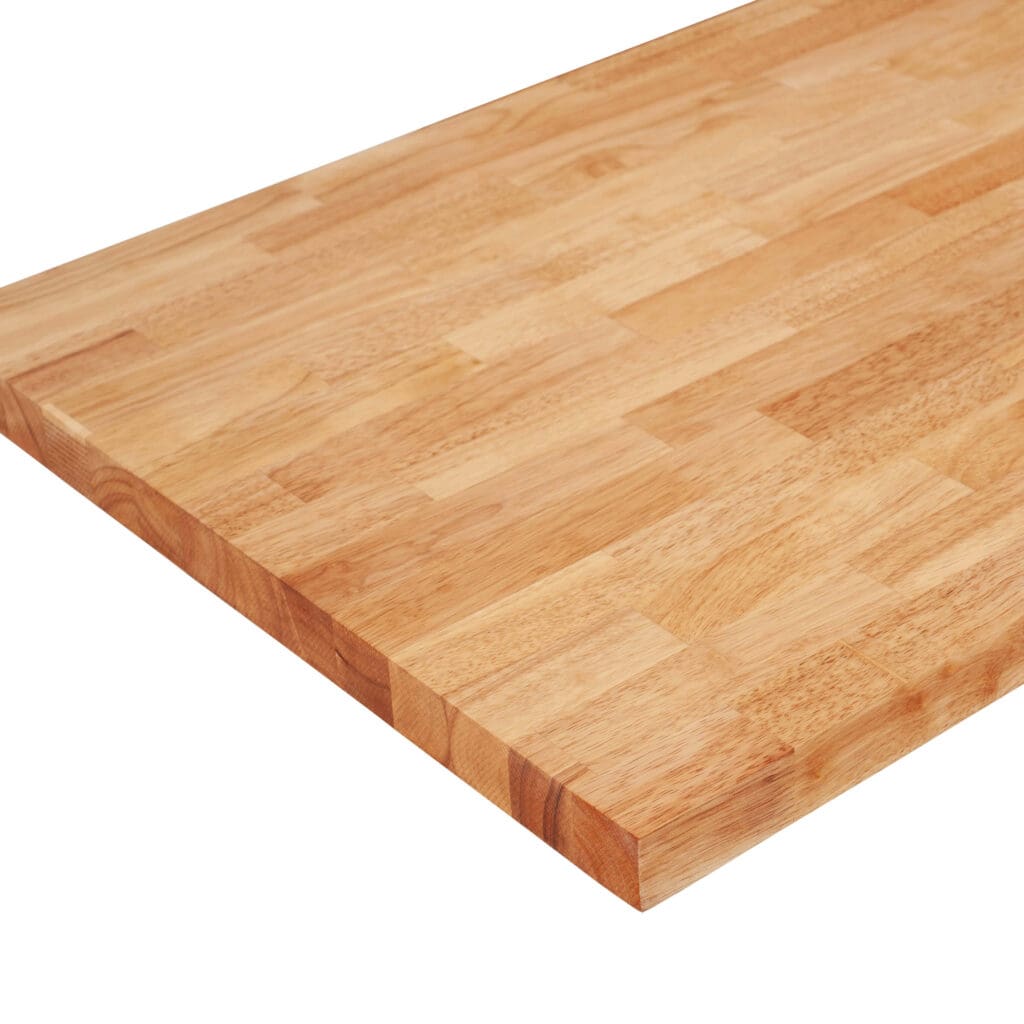
Traditionally, rubber trees were only harvested for their latex, and the wood was often discarded. However, the rising demand for eco-friendly furniture has led to using rubberwood in various applications.
Teak (Hardwood)
Teak is a tropical hardwood with a rich golden-brown color and a high natural oil content. It is renowned for its exceptional durability and resistance to rot, insects, and weather elements, making it highly desirable for outdoor furniture, decks, and boat construction.
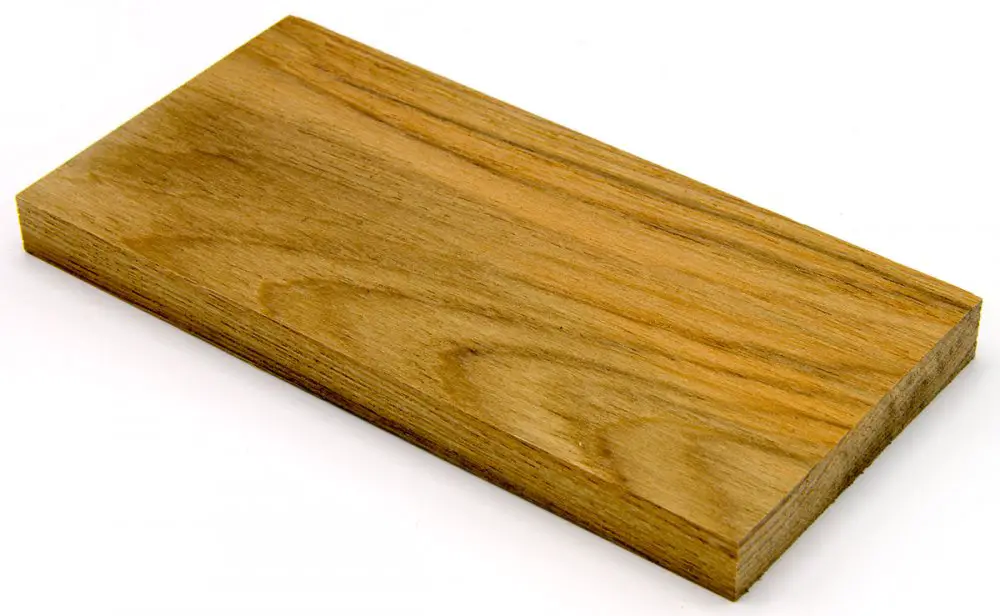
Teak is found in Southeast Asia, particularly Indonesia, Thailand, and Myanmar. Its elegant appearance and long-lasting properties have contributed to its premium status in the furniture market.
Walnut (Hardwood)
Walnut is a dark, luxurious hardwood with a straight grain pattern and occasional swirls. It is known for its stunning color variations, ranging from light to dark brown with purple undertones. Walnut is highly prized for its beauty, strength, and workability.
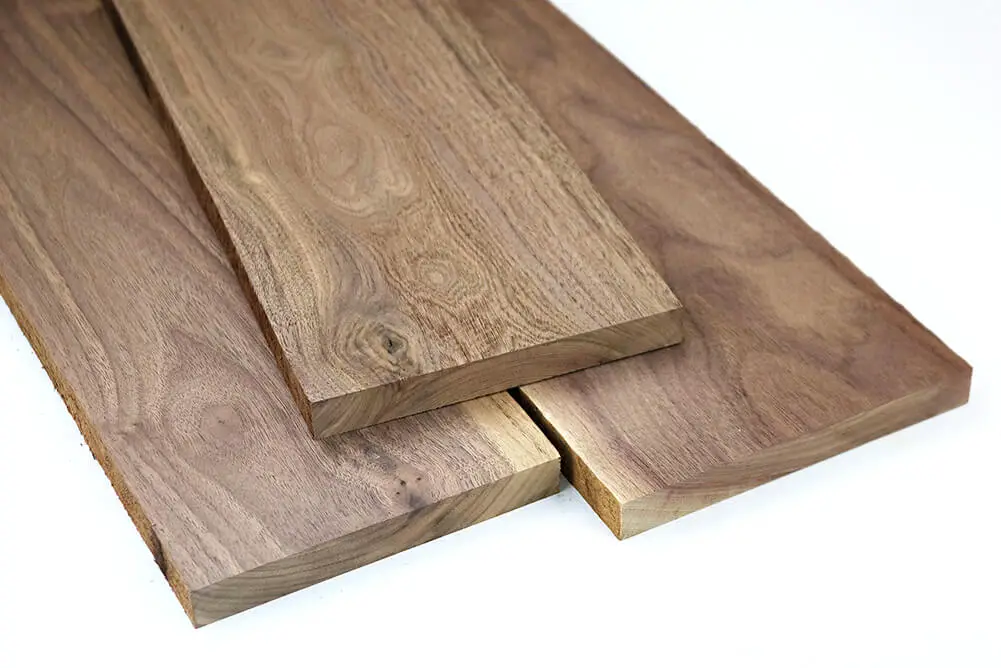
It is often used in crafting high-end furniture, cabinetry, and decorative veneers. Walnut trees are found in North America, Europe, and Asia. Due to its limited availability and premium qualities, Walnut furniture is often considered a luxury investment.
These hardwoods bring unique attributes, making them suitable for various furniture applications, from sturdy and durable pieces to decorative and artistic accents. Understanding the characteristics of these woods can help you make informed choices when selecting furniture that aligns with your aesthetic preferences and functional needs.
Common Softwoods:
Besides the hardwoods, some common softwoods are used in furniture production; we have listed the most common ones below.
Cedar (Softwood)
Cedar is a popular softwood known for its pleasant aroma, natural resistance to insects, and durability. It is reddish-brown to light brown and typically features straight-grain patterns. Cedarwood is relatively lightweight and easy to work with, making it a favored choice for outdoor furniture, decking, siding, and fences.
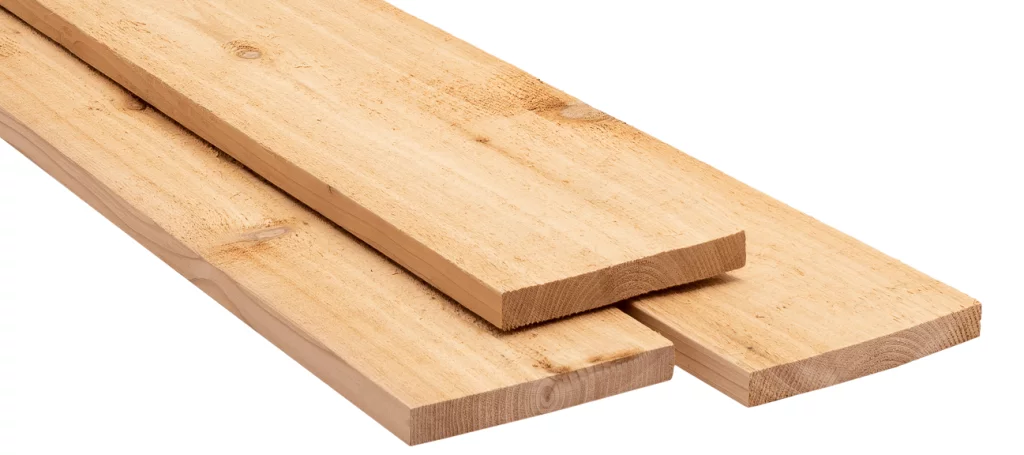
Its natural preservative properties protect it from decay and moisture damage, making it an excellent option for humid and wet climates.
Douglas Fir (Softwood)
Douglas Fir is a versatile softwood with a light to reddish-brown color and a straight grain pattern. It is one of the most robust and durable softwoods available, making it suitable for various applications, including construction, beams, posts, and framing.

Douglas Fir’s dimensional stability and resistance to rot and decay make it an ideal choice for outdoor structures like decks and pergolas.
Juniper (Softwood)
Juniper is a unique and aromatic softwood that ranges in color from light yellow to reddish-brown. It is known for its distinctive grain patterns, knots, and swirling effects, adding character and charm to furniture and decorative items. Juniper wood is often used for crafting rustic furniture, cabinetry, and interior accents.
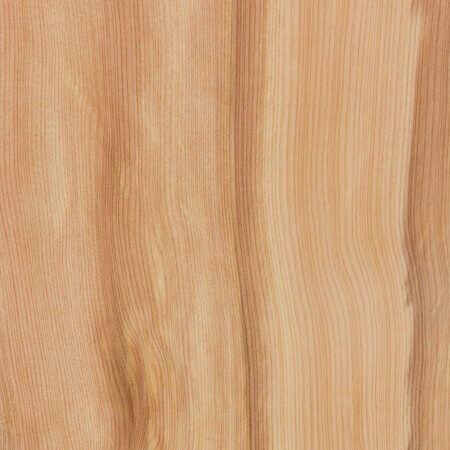
Additionally, its natural resistance to decay makes it suitable for outdoor furniture, garden structures, and fencing.
Pine (Softwood)
Pine is one of the most common and widely used softwoods, known for its light color and prominent grain patterns. It is relatively soft and easy to work with, making it a popular choice for various applications.
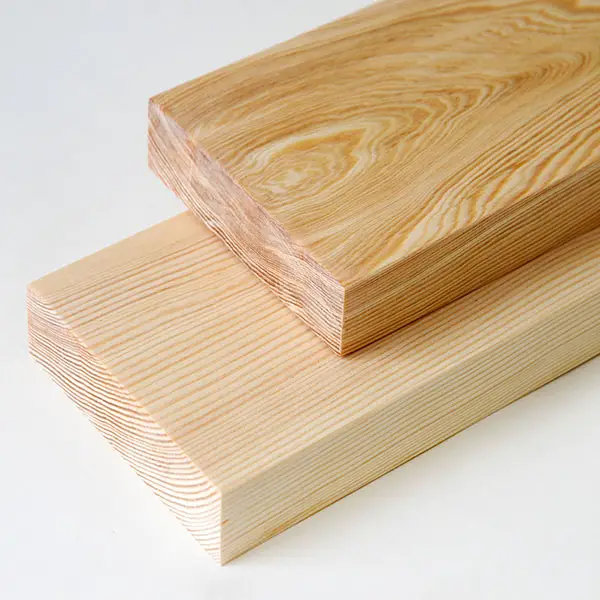
Pine is used in furniture making, interior trim, moldings, and construction projects. Its affordability and availability have made it a preferred option for budget-conscious consumers, and its warm appearance complements various design styles.
Redwood (Softwood)
Redwood is a prized softwood known for its rich reddish-brown color and exceptional durability. It is naturally resistant to decay, insects, and rot, making it a premium choice for outdoor furniture, decks, siding, and fencing.
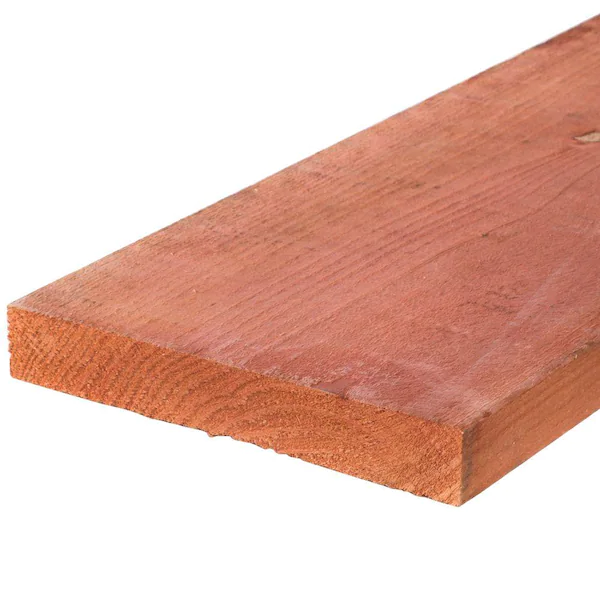
Redwood’s strength and beauty have made it a highly sought-after material for high-quality outdoor structures that withstand the test of time, even in challenging weather conditions.
Spruce (Softwood)
Spruce is a light-colored softwood with a fine and straight grain pattern. It is relatively lightweight and easy to work with, making it a common choice for construction framing, millwork, and musical instruments like guitars and violins.
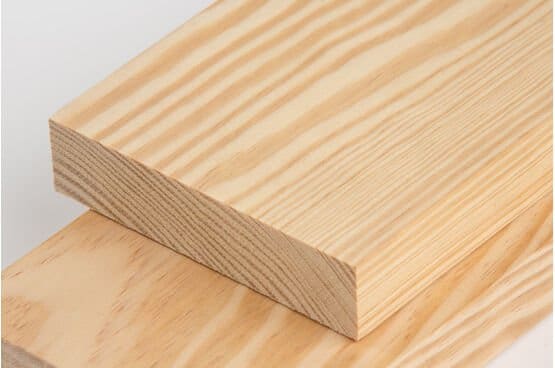
While not as durable as some other softwoods, spruce’s affordability and versatility have made it popular for various applications, including furniture making and cabinetry.
Yew (Softwood)
Yew is a unique and visually striking softwood known for its reddish-brown to purplish heartwood and pale sapwood. It features a fine, uniform texture and often exhibits intricate patterns, making it a desirable wood for decorative purposes and veneers.
Yew is not as commonly used in furniture production due to its limited availability and relatively high cost. However, it has historical significance in some cultures and has been used in fine woodworking, turning, and ornamental applications.
These softwoods offer distinct characteristics and advantages that cater to various furniture and construction needs. Understanding the properties of each wood type can help you select the most appropriate material for your specific project, whether it’s for indoor furniture, outdoor structures, or decorative accents.
The type of wood you choose will directly impact your furniture’s cost and overall aesthetics. Understanding the unique attributes of each wood type can help you make an informed decision that aligns with your budget and preferences.
Solid Wood Furniture Cost: Size Of Furniture
The size of the furniture is another crucial factor to consider when determining its cost. Larger pieces of furniture, such as dining room tables or bed frames, will naturally require more materials to build, leading to a higher price tag.
Conversely, reduced material consumption will make smaller items like dining room chairs or nightstands more affordable. When planning your room’s layout and budgeting for furniture, remember that investing in larger pieces may require careful consideration of your priorities and financial constraints.
Solid Wood Furniture Cost: Craftsmanship
The level of craftsmanship invested in creating solid wood furniture significantly impacts its price. Skilled artisans utilize various construction techniques to enhance each piece’s form, function, and overall quality.
Some exemplary craftsmanship methods include:
Soft-Close Drawer Glides:
These mechanisms ensure smooth and silent closure of drawers, adding convenience and preventing wear and tear.
Mortise & Tenon Joints:
This traditional joinery technique involves fitting a projecting piece (tenon) into a hole (mortise), creating a sturdy and long-lasting connection.
Dovetailing:
Dovetail joints are interlocking and provide exceptional strength, commonly used in drawer construction.
Floating Tops:
A design technique where the tabletop is slightly raised from the base, adding an elegant touch and accommodating wood movement.
Finger Joints:
She is also known as box joints; these are strong, interlocking corner joints commonly used in cabinet construction.
Solid Wood Edges:
Solid wood for the edges of furniture provides a polished appearance and enhances durability.
Adjustable Glides:
These components help level the furniture on uneven surfaces, preventing wobbling and potential damage.
Solid wood furniture may have a higher initial cost than other materials, but it offers unmatched value in terms of longevity and timeless appeal. The type of wood, size of furniture, and craftsmanship are vital factors to consider when evaluating the cost of solid wood furniture.
By understanding these aspects and making informed choices, you can invest in furniture that complements your home’s aesthetics and stands the test of time, becoming cherished heirlooms passed down through generations.
Remember to balance your budget and preferences to create a space that reflects your style and personality.
If you want to see how Mondoro can help you export and manufacture high-quality solid wood furniture, we would love to talk to you.
At Mondoro, we would love to help you decide which material would be best for manufacturing your home decor and furniture product.
Find out more about how Mondoro can help you create, develop, and manufacture excellent home decor and home furniture products – including lacquer furniture. Don’t hesitate to contact me, Anita. Check out my email by clicking here or become a part of our community and join our newsletter by clicking here.
Mondoro gives out a FREE Lookbook to anyone interested. You can receive a copy of our latest Lookbook by clicking here.
Listen to our Podcast called Global Trade Gal. You can find it on all major podcast platforms. Try out listening to one of our podcasts by clicking here.
Subscribe to our Mondoro Company Limited YouTube Channel filled with great videos and information by clicking here.
Frequently Asked Questions
Is solid wood furniture more expensive than other materials?
Solid wood furniture tends to be pricier than furniture made from other materials like particleboard or MDF. The quality and durability of solid wood contribute to its higher cost.
What types of wood are commonly used in solid wood furniture?
Various types of wood are used in solid wood furniture, ranging from hardwoods like oak, mahogany, and walnut to softwoods like pine. Hardwoods are generally more expensive due to their durability and aesthetics.
How does the type of wood affect the price of solid wood furniture?
The type of wood used significantly influences the price. Exotic hardwoods or those with unique grain patterns are often more expensive than more common varieties due to their rarity and distinct appearance.
Do larger pieces of solid wood furniture cost more?
Yes, the size of the furniture piece is a key factor in determining its cost. Larger pieces require more raw material, contributing to higher production costs and, subsequently, a higher price for the consumer.
Are there specific construction techniques that impact the cost of solid wood furniture?
Yes, the construction techniques play a crucial role. Intricate joinery, handcrafted details, and labor-intensive processes can increase the cost of solid wood furniture compared to simpler, mass-produced alternatives.
Is there a significant difference in price between hardwood and softwood furniture?
Generally, hardwood furniture is more expensive than softwood furniture. Hardwoods are denser and more durable, making them a premium choice. However, the specific type of wood and its availability also influence the price.
Can I find affordable solid wood furniture?
Yes, affordable options exist, especially if you opt for simpler designs, more readily available wood types, and standardized production methods. Shopping during sales or considering second-hand options can also help in finding budget-friendly solid wood furniture.
Are there any cost-saving tips when buying solid wood furniture?
Consider purchasing ready-to-assemble (RTA) furniture, as it often comes at a lower price. Additionally, buying directly from manufacturers or during promotional periods can help you save on costs.
Does the finish or treatment of the wood affect the price?
Yes, the finish and treatment of the wood can impact the cost. High-quality finishes, such as hand-applied stains or lacquers, may increase the price due to the additional craftsmanship involved.
Is solid wood furniture a good long-term investment despite the cost?
Yes, solid wood furniture is often considered a good long-term investment. Its durability, timeless appeal, and the potential for refurbishment make it a wise choice, even if the initial cost may be higher than other materials.
Related Content
The Pros And Cons Of Lacquer Vs. Enamel Finishes
Lacquer and enamel are popular finishes used in various applications, from woodwork and furniture to cars and machinery. While both can provide a glossy finish, they differ in composition, durability, and application.
You can discover more by reading The Pros And Cons Of Lacquer Vs. Enamel Finishes by clicking here.
Guide To Acacia Wood Vs. Rubber Wood
Acacia is a hardwood that is found in Asia and throughout the world. The wood has a lot of color variations and a grain that works well on many types of furniture and other products. Rubber wood is also an excellent wood to use for furniture and other kinds of productions. It works well with many different types of finishes but does not have much of a grain pattern.
You can learn more by reading Guide To Acacia Wood Vs. Rubber Wood by clicking here.
Rattan Material: The Sustainable Choice For Furniture & Home Decor
Rattan is one material that is gaining popularity as it is considered a sustainable choice for furniture and home decor. Not only is rattan a sustainable choice for home decor and furniture, but it also has a lot of top qualities that make it an excellent choice. Read on as we list the 10 top qualities of using rattan material for home decor and furniture production.
You can learn more by reading our blog Rattan Material: The Sustainable Choice For Furniture & Home Decor by clicking here.


